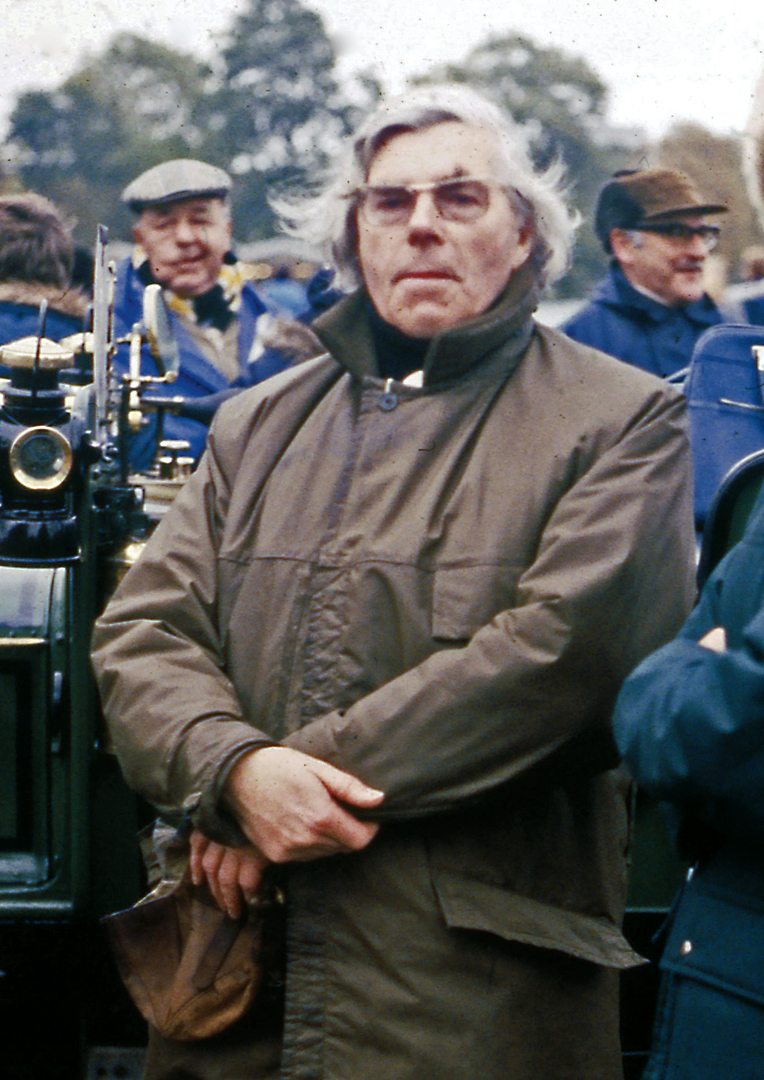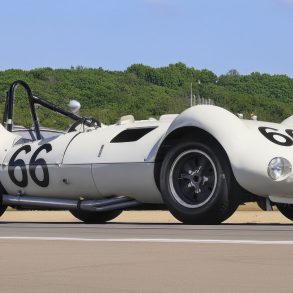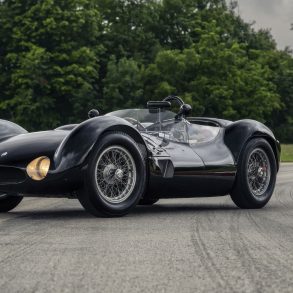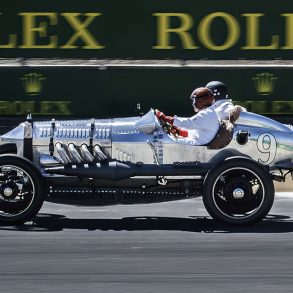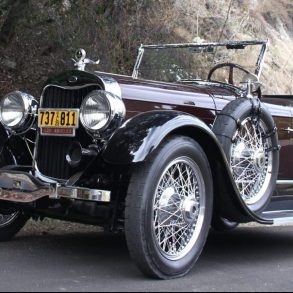Well. Me sir? Gosh sir. Writing an obituary of Bill Boddy is rather like an everyday cinemagoer writing the obituary of Marilyn Monroe—I feel very humble.
Like thousands of my contemporaries, reading Motor Sport magazine in the 1950s and onward, one felt as if one was actually part of the magazine and that each issue was simply a diary of the extraordinary life of Bill Boddy.
The detail with which he would explain the minutiae of each vehicle he tested became the stuff of legend, and even today people of a certain age refer to whether or not the glove compartment of such and such a car can take a Rolleiflex.
Born in 1913, the inimitable Boddy died on Friday July 7—appropriately during the British Grand Prix weekend—after probably the longest career ever at the top of motoring journalism. He was Editor of Motor Sport magazine from 1936 to 1991, continuing to publish it in his spare time during the war, when he was at Farnborough working on Air Publications.
He had first visited Brooklands in 1927, and this led to a lifetime of support for the track and the most comprehensive history of it in his History of Brooklands Motor Course first published in 1949. Among many other books he also wrote the definitive history of that other European banked track at Montlhery near Paris.
He was a major influence on the establishment of the VSCC in the UK, in particular the Light Car Section, and his anecdotes alone would fill a very large volume indeed. One in particular detailed his visit to the 1951 Spanish Grand Prix at Barcelona, with friend Kent Karslake, that nearly ended in disaster when their Motor Sport-chartered Avro Anson was caught in a severe storm over the Pyrenees on the return journey. Landing at Lyon for fuel, with the lightning still flashing, Karslake conversationally commented that “he didn’t think they’d make it.”
Boddy’s collaboration with Denis Jenkinson led to Motor Sport being considered the most authoritative and influential motoring magazine available during the period from the ’50s to the ’80s, and his writing was forthright, sometimes bordering on the acidic, unafraid of upsetting some motor manufacturers as he went. He was determined to speak the truth and be honest—a far cry from today, as events unfold in the UK.
He was not faultless, as his obsession with certain marques showed, but regular readers of Motor Sport felt that they almost became friends as he described what would now, in this world of instant Tweeting, be considered, perhaps, both mundane and eccentric motoring experiences and journeys all over the UK and the Continent.
I hope I have done justice to this doyen of motoring people, but in my heart I fear I probably cannot. His like will be sorely missed and never repeated. All of us at Vintage Racecar and our readers extend our condolences to his three daughters, his wife Winifred having predeceased him.
By Mike Jiggle


